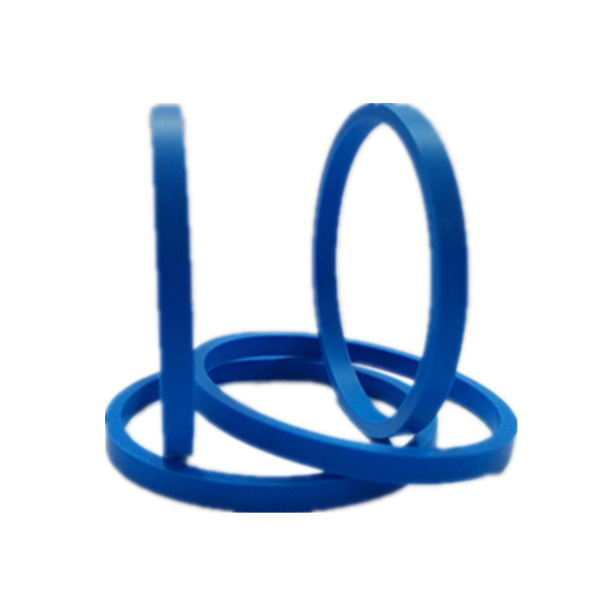Product Series
News
Back-up rings Introduction
Update:2016-03-25
One of the most prevalent types of O-Ring failure is extrusion. This occurs when the application’s internal systemic pressure becomes too great, causing the O-Ring to extrude into the clearance gap between the mating parts. Often, this extrusion is nibbled away, resulting in a loss of material, quickly followed by seal failure.
Here are three options to prevent extrusion failure. The first is to reduce the extrusion gap by tightening the clearance. However, this may be an expensive option and a more inexpensive one is to increase the O-Ring’s hardness. While a greater durometer O-Ring delivers superior extrusion resistance, often it’s an unfeasible solution due to material availability. Furthermore, harder durometer materials have limited low pressure sealing capabilities. The third and. best alternative is to add a back-up ring that’s made from a hard, extrusion resistant material such as high durometer nylon, nitrile, PTFE or Hytrel®. Back-up rings are created to fit between the extrusion gap and O-Ring in order to minimize the chance of extrusion failure.
Though Back-up rings are used in conjunction with O-Rings in both dynamic and static sealing applications, the gland they fit into must be designed specifically to accommodate both the back-up and the O-Ring. To receive more information on gland design, visit J Royal’s static or dynamic gland design guides.
Here are three options to prevent extrusion failure. The first is to reduce the extrusion gap by tightening the clearance. However, this may be an expensive option and a more inexpensive one is to increase the O-Ring’s hardness. While a greater durometer O-Ring delivers superior extrusion resistance, often it’s an unfeasible solution due to material availability. Furthermore, harder durometer materials have limited low pressure sealing capabilities. The third and. best alternative is to add a back-up ring that’s made from a hard, extrusion resistant material such as high durometer nylon, nitrile, PTFE or Hytrel®. Back-up rings are created to fit between the extrusion gap and O-Ring in order to minimize the chance of extrusion failure.
Though Back-up rings are used in conjunction with O-Rings in both dynamic and static sealing applications, the gland they fit into must be designed specifically to accommodate both the back-up and the O-Ring. To receive more information on gland design, visit J Royal’s static or dynamic gland design guides.
DSH Seals can rapidly manufacture PTFE and PU machined component parts.

